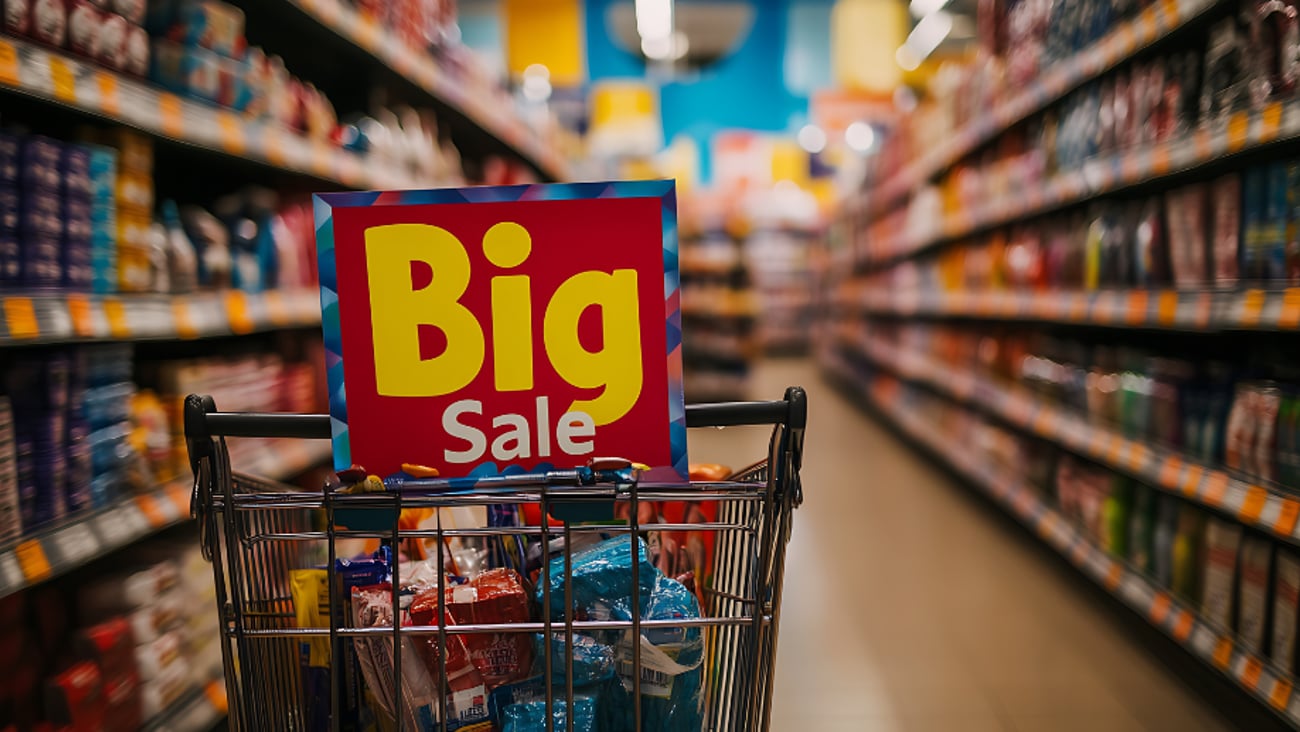How to Meet Unconstrained Demand in a Constrained World - Part 2
In part one of this two-part series, we defined unconstrained demand and presented the challenges it creates for CPG companies and retailers, then reviewed how demand planning is being deployed to address those challenges paying close attention to the use of technology. In part two, we focus on the business use cases and potential benefits of using AI and other tools to optimize the management of unconstrained demand.
There are dozens of applications where brands and retailers are using technology and business processes to gain insights into the factors that lead to unconstrained demand, and then create and execute plans to address the shopping trends uncovered by that evaluation. These use cases cover a wide range of functions in the average CPG company’s operations, including brand awareness, shopper insights and shopper targeting from before the initial product order to after the delivery of the product to the store or fulfillment center.
Predictive analytics are increasingly a primary focus for CPG companies, which rightfully think it creates a competitive advantage in the marketplace through increased demand forecasting accuracy. AI-powered predictive analytics tools can analyze historical sales data, market trends, and external factors (e.g., economic indicators, competitor data, social media trends, and weather patterns) to forecast demand more precisely, resulting in reduced overproduction and stockouts, optimized inventory levels and enhanced customer satisfaction through better availability of products.
There is also an opportunity to take advantage of unconstrained demand to help CPG companies drive growth and market share. When demand planning relies primarily on history, there’s an inevitability that sales will stay the same. When Demand Planning relies solely on history it will inevitably lag behind shifts in demand patterns leading to either over stocking or under stocking. Demand Planning by using AI/ML (machine learning) creates opportunities to see additional demand signals and to present possibilities wherein companies can grow beyond what they’ve done historically and to optimize inventory while enabling higher levels of order fill.
Key Benefits of Using AI and Tools for Demand Planning
- Improved Forecast Accuracy: AI-driven demand planning tools leverage vast datasets and advanced algorithms to predict demand with higher precision.
- Increased Agility: AI can dynamically adjust demand forecasts in response to real-time data, allowing for quick adaptation to market changes.
- Reduced Inventory Costs: Optimized demand forecasts lead to better inventory management, reducing the need for excessive safety stock and lowering storage costs.
- Enhanced Customer Satisfaction: Meeting unconstrained demand without delay or shortages ensures a higher level of customer satisfaction, leading to increased loyalty.
- Data-Driven Decision Making: AI tools provide actionable insights, enabling demand planners to make informed decisions based on data rather than intuition.
- Efficient Resource Allocation: By automating demand planning tasks, human resources can focus on strategic initiatives, improving overall productivity.
- Sustainability: Optimized demand planning reduces waste by minimizing overproduction and reducing spoilage, which is critical for sustainability efforts in the CPG industry.
By deploying real-time demand monitoring and adjustments, CPG companies can use AI tools to track real-time sales data, adjust forecasts instantly and alert demand planners to sudden changes in demand. This allows for dynamic and near real-time adjustments to production and inventory levels, ensuring demand is met without excess, leading to a reduction in response time to fluctuations in demand, decreasing the risk of lost sales due to demand spikes and lower waste from excess inventory.
Customer segmentation and personalization uses AI to segment demand based on customer demographics, purchasing behavior and regional trends, allowing for personalized marketing and promotion strategies. This ensures that supply is closely aligned with demand across various customer segments and results in increased customer loyalty through targeted promotions, maximization of the profitability of products and better alignment of production with demand at a granular level.
The use of AI-based scenario planning and simulation by CPG companies creates demand simulation models that allow planners to test multiple scenarios (e.g., new product launches, price changes, or competitive actions) and their impact on demand across the portfolio. This demand shaping empowers planners to optimize inventory levels under various conditions and allows companies to prepare for market fluctuations, improves strategic planning by reducing uncertainties and enhances decision-making by simulating different market conditions. Demand shaping levers include traditional promotional activity, advertising or social media influencers, and the tactic can be used to better balance constrained demand and supply to improve profitability.
Inventory and replenishment optimization will always be hot button topics – and topics that keep CPG executives up at night. AI algorithms help optimize inventory replenishment processes by predicting when and where stock levels should be refilled based on forecasted demand, demand error and replenishment. This approach minimizes out-of-stock situations while preventing overstock, reduces carrying costs associated with excess inventory, ensures product availability across channels and lowers transportation costs by optimizing replenishment cycles. These benefits, in turn, boost sales growth potential and increase market share.
The last two use cases may seem too “in the weeds” but are critically important to a CPG company’s bottom line. Demand sensing, the automated adjustment of demand based on market signals, uses AI to autonomously change forecasts using real-time market indicators like consumer sentiment analysis from social media and sudden changes in competitive pricing. This minimizes human intervention for mundane tasks resulting in more time for team members to focus on specific opportunities and challenges, while ensuring forecasts remain relevant and up to date.
Using AI for supply chain synchronization helps integrate demand data with supply chain operations to synchronize production, warehousing and logistics functions, ensuring that unconstrained demand is met efficiently without disruption. AI/ML can also help quickly replan production to maximize the efficiency of the manufacturing resources like labor and materials while still enabling CPG company to meet unconstrained demand. The benefits from both of these scenarios include reducing lead times by optimizing production scheduling, lowering operational costs by minimizing inefficiencies in supply chain functions, much quicker return to “normal” supply chain functionality and a smoother overall flow of goods through the supply chain, meeting unconstrained demand with fewer bottlenecks.
All of these use cases significantly improve operational efficiency, reduce costs, grow market share and enable CPG companies to meet demand more effectively, even under unpredictable market conditions.
Unconstrained demand creates challenges and opportunities for CPG companies and retailers. Demand planning is being deployed to address these challenges and opportunities, especially with recent innovations in technology like AI and ML that are paving a path to improved performance throughout the grocery value chain.
The experts from Demand Chain AI, all of whom have practical experience, help CPG companies and retailers address their demand planning challenges and opportunities every day.
More information is available HERE.





